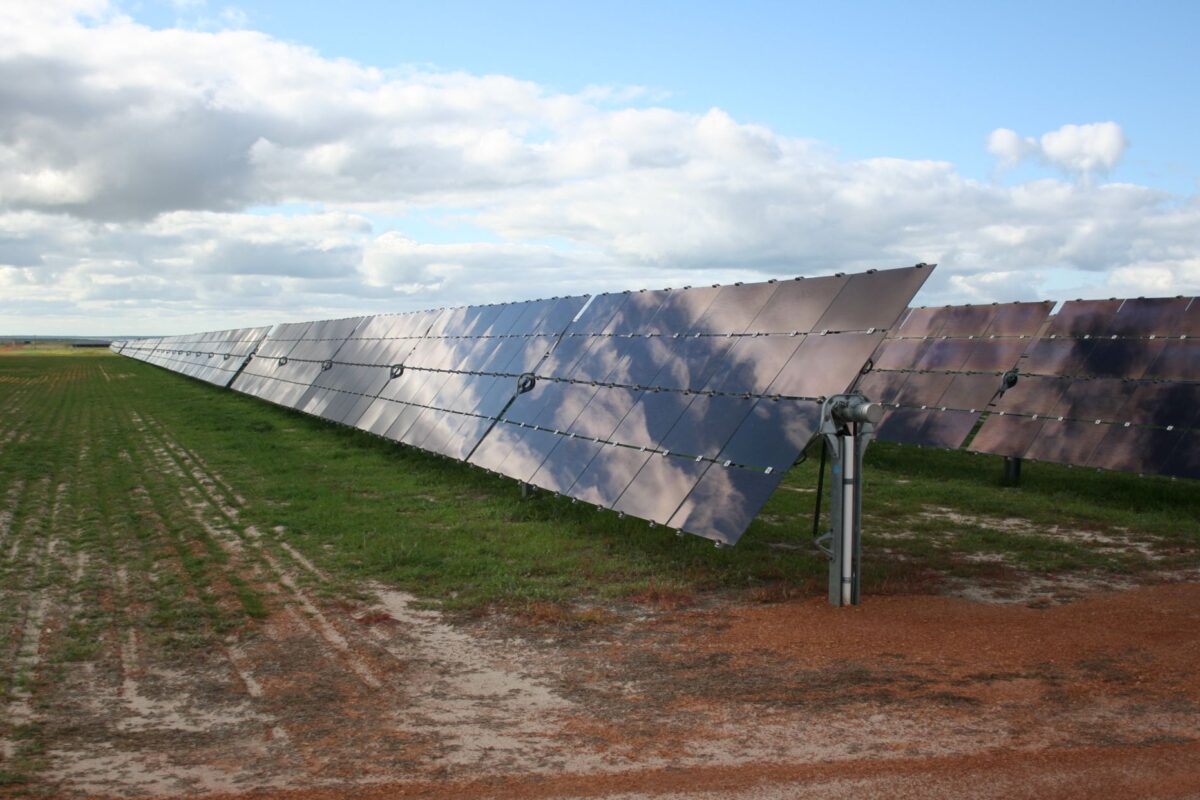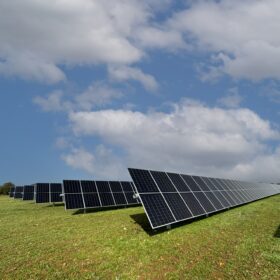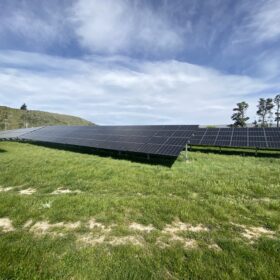More than a month after a major transformer failure at the Waratah Super Battery in New South Wales (NSW), one of the world’s biggest batteries at 850 MW / 1,680 MWh when fully operational, few public details have emerged. Now the owner, Akaysha Energy, has published a meaningful status update that reveals key information and promises a Root Cause Analysis, while still holding back on details.
The update was published on November 21. ESS News has published thoughts on the likely expensive liability issue from insurance partners. Further, at least one insurer known to be part of the syndicate insuring the project has declined to comment further at this stage, in respect of the ongoing investigation.
“Routine maintenance”
One of the key new developments is that the owners of the Waratah project have announced that the battery is already fully offline for scheduled and “routine maintenance,” which started a day before the update was published, and continues until December 2.
While Akaysha emphasises that this outage was coordinated with operators and regulators “for several months,” the necessity of a full balance of plant shutdown this early in the asset’s life, and now before it completed its final commissioning tests, raises some questions. The “planned shutdown” was said to be “always anticipated” for the halting of the System Integrity Protection System (SIPS) services that it provides under a 5.5-year contract with state grid operator Transgrid.
Elsewhere in the statement are key details that provide some information to the story.
The Akaysha statement first says
“On Saturday, 18 October 2025, the Waratah Super Battery suffered a loss of capacity due to the failure of one of three High Voltage Transformers (HVT3). This incident occurred 4 hours from completion of Hold Point 5 testing, the final Hold Point required to transition the battery to full capacity.
“Safety assessments were immediately conducted and as a precaution, a second High Voltage Transformer (HVT2) was de-energised. As part of regulatory requirements, the Australian Energy Market Operator (AEMO) was notified.
“Throughout the incident and since, despite the loss of one transformer (HVT3) and the de-energising of another transformer (HVT2), the Waratah Super Battery has maintained its System Integrity Protection Scheme (SIPS) service requirements of 350 MW, the interim commercial operating capacity, securely with its first transformer (HVT1). The battery continues to operate with available capacity of 350 MW, and there has been no impact to the NSW electricity grid.”
What we learn
Akaysha has given more information about when the incident took place, namely on October 18th, during final testing, and only four hours before completing that test.
Until this point, only data sleuths looking at AEMO data had more closely tracked the timing of an issue being spotted for the availability of the battery, notably by WattClarity.
Continuing on, Akaysha says
“The two affected transformers are undergoing detailed engineering assessments and investigations as part of the Root Cause Analysis. This is a complex, multi-stage process involving physical inspection, testing and analysis.
“HVT3: We are unable to provide further details on the transformer failure until this analysis has concluded, and a determination is made, which may take several weeks or months.
“HVT2: Remains de-energised whilst it undergoes testing.
“HVT1: Has remained fully operational throughout.
“This reduction in capacity is reflected in current AEMO forecasts as 0 MW, as under the Australian Energy Regulator rules, Akaysha can only report capacity above the available SIPS service. The Waratah Super Battery is currently providing 350 MW of SIPS service, and until the remaining capacity is confirmed, additional capacity (MW) cannot be included in AEMO’s forecast.”
What we learn
This update gives more details on the nature of each of the three 350 MVA transformers supplied by Wilson Transformer Company, which Akaysha called HVT1, 2, and 3. The wording around HVT3 is cautious, and doesn’t reveal if it exploded, caught fire, or showed a fault that was deemed ‘catastrophic.’ It does again confirm the ‘beyond repair’ failure, however, and the determination timeframe of weeks or months suggests limited further information before 2026.
The wording around HVT2 doesn’t reveal anything more either; there is no detail as to what happened to it to force it to be de-energized. HVT1 continuing normal operation, aside from the ongoing “planned shutdown,” is also confirmed.
The previous update, in somewhat masterful understatement, said only “issues were identified with two transformers,” which didn’t exactly reveal that HVT3 had completely failed. This second update has provided that more clearly.
Akaysha further said it will “continue to provide updates on the project program here, as this information becomes available.”
This content is protected by copyright and may not be reused. If you want to cooperate with us and would like to reuse some of our content, please contact: editors@pv-magazine.com.









By submitting this form you agree to pv magazine using your data for the purposes of publishing your comment.
Your personal data will only be disclosed or otherwise transmitted to third parties for the purposes of spam filtering or if this is necessary for technical maintenance of the website. Any other transfer to third parties will not take place unless this is justified on the basis of applicable data protection regulations or if pv magazine is legally obliged to do so.
You may revoke this consent at any time with effect for the future, in which case your personal data will be deleted immediately. Otherwise, your data will be deleted if pv magazine has processed your request or the purpose of data storage is fulfilled.
Further information on data privacy can be found in our Data Protection Policy.